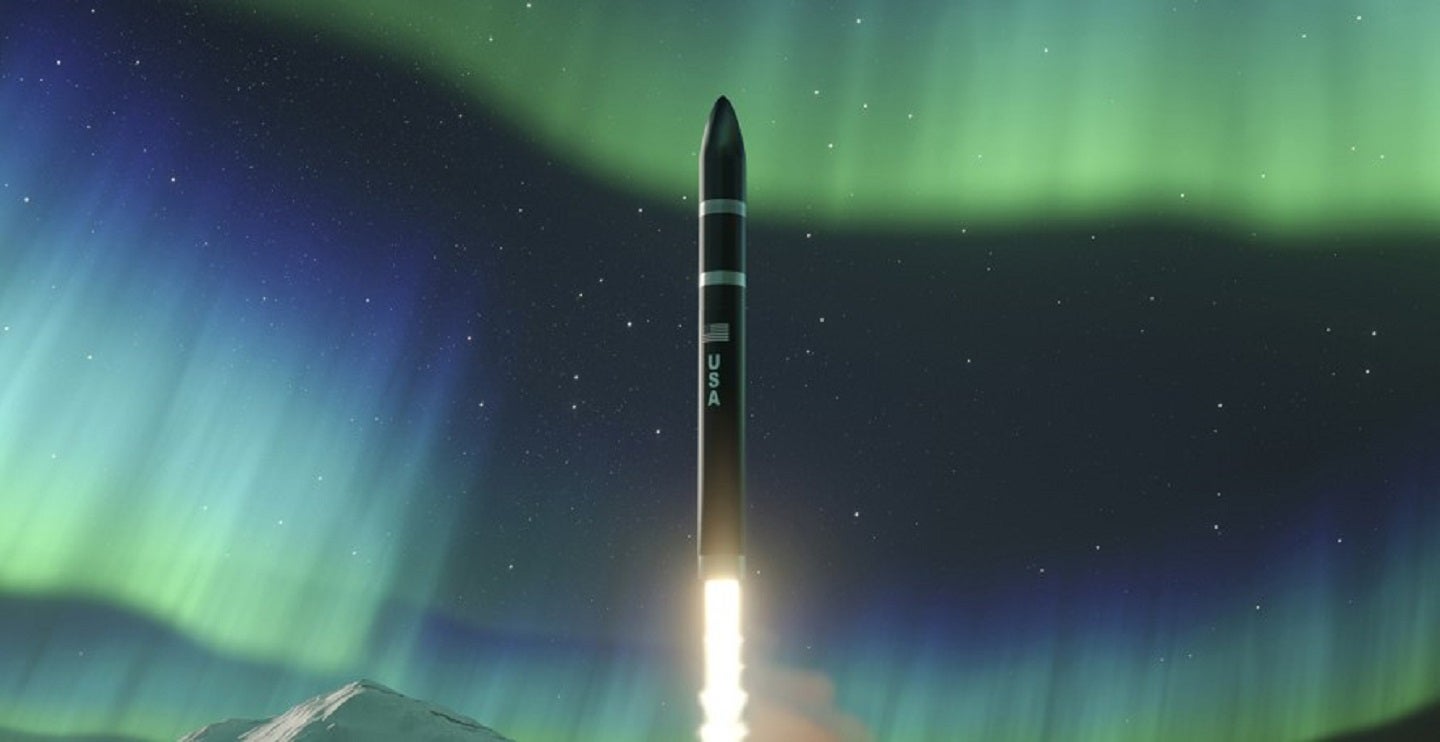
In a move for national security, Voyager Space will provide Lockheed Martin with propulsion technology for the Next Generation Interceptor, enhancing the US missile defence system.
Space technology provider Voyager Space has been selected by Lockheed Martin to develop a propulsion subsystem for the US Missile Defense Agency’s (MDA) Next Generation Interceptor (NGI).
This new partnership marks another step forward in bolstering the nation’s defence against long-range ballistic missile threats.
The NGI programme, part of the Ground-based Midcourse Defense (GMD) system, represents the US defence sector’s latest effort to safeguard against missile threats from adversarial nations. Voyager Space’s contribution will centre on a Roll Control System designed to enhance the accuracy and stability of the interceptor through thrust and control algorithms. The company will also deliver a stage separation propulsion system for the NGI’s operational success.
“This collaboration underscores our commitment to national security and technological innovation,” said Mike O’Brien, president of Voyager Defense Systems. “We are honoured to provide our advanced technology for a mission as crucial as defending our homeland.”
Voyager Space will oversee the entire lifecycle of the propulsion subsystem, from design and development to manufacturing, ensuring a fully operational, flight-ready system for Lockheed Martin. The subsystem will be produced at Voyager’s facility in Reno, Nevada.
Voyager’s propulsion technology has been developed through Small Business Innovation Research (SBIR) contracts with the MDA and US Air Force. Initially commercialised with Lockheed Martin, this technology is set to play a role in future defence applications for various US military branches, including the Air Force, Army, and Navy.
This contract highlights Voyager’s influence in defence technology and marks another development in the evolution of US missile defence capabilities.




